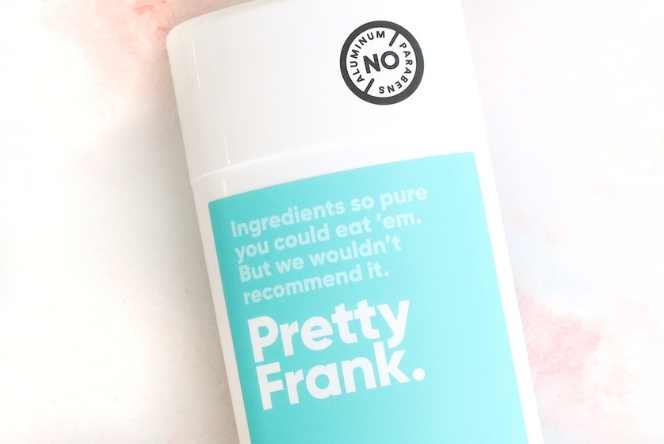There are a lot of myths surrounding burnout and how it happens, but are you clear on what causes it?
When you’re burned out you feel stretched thin, chronically exhausted, and life’s demands feel difficult to manage. “One more thing” can feel like the final straw or tipping point that sends everything crashing down.
As someone who has hit burnout (a few times) and works as a private stress management coach, I have seen a few misperceptions regarding burnout that might surprise you.
However, the good news is you can learn stress management strategies to guard against burnout at work. Here are seven burnout myths that we need to stop believing.
(Curious if you may be experiencing burnout? Take my new burnout quiz here.)
Myth #1 – burnout isn’t a big deal.
The World Health Organization describes burnout as a serious occupational phenomenon “resulting from chronic workplace stress that has not been successfully managed. It is characterized by three dimensions:
- Feelings of energy depletion or exhaustion
- Feelings of negativism or cynicism related to one’s job, and
- Reduced professional efficacy.”
Global burnout researchers from the University of California, Berkeley, have described burnout as this.
“Burnout represents an erosion in values, dignity, spirit, and will — an erosion of the human soul.”
Burnout can have serious health consequences; the longer you experience burnout, the more difficult it is to break free from it.
However, I’ve learned it’s far easier to prevent burnout than recover from it. Once you hit burnout, it can take months, or even a few years, to fully recover from it.
It’s not worth the catastrophic costs to your health, relationships, or your career.
Myth #2 – burnout is easy to spot.
Burnout isn’t always easy to spot, especially when you are in the middle of it, and it shows up for everyone differently. But there are well-known warning signs to watch out for, like exhaustion, insomnia, cynicism, and decreased work performance.
The first step to recovering from burnout is recognizing you are experiencing it.
Myth #3 – burnout hits all at once.
Another perpetuating burnout myth is that it hits suddenly. The reality is burnout happens from a series of small things happening over time, stacking up like dominoes until you finally hit a wall.
Myth #4 – insufficient self-care leads to burnout.
While practicing self-care is an excellent stress management tool, no amount of self-care will counter the effects of a toxic workplace or an unrealistic job load.
There’s also a perpetuating misperception that you can just “push through burnout,” when in reality, that has a damaging opposite effect. (You hear me often share that rest is the antidote to burnout.)
Myth #5 – people burn out because they are incompetent at their job.
Various factors can contribute to burnout, and blaming someone for being burned out isn’t fair to them or helpful for recovery.
Burnout researchers Christina Malachi and Michael P. Leiter have identified 6 workplace factors that can lead to burnout:
- Workload – a mismatch between your capacity and workload.
- Perceived lack of control.
- Lack of recognition or reward – if the amount of time and effort you put into your job doesn’t match the reward.
- Lack of community or support – how supporting and trusting your work relationships are.
- Lack of fairness – your perception of whether you receive equitable treatment at work.
- Values mismatch – when your values do not align with your boss, team, or organizational culture.
Myth #6 – Burnout can be solved by taking a vacation (or more PTO.)
Taking your PTO is a great way to unplug from work, but it won’t solve the systemic problems that led to your burnout. You must uncover the root causes and symptoms of too much stress and create a stress relief plan for recovering from burnout.
Myth #7 – Burnout is an individual problem
Burnout is often a workplace problem. According to Dr. Jimerez,
“to truly find a ‘fix’ for burnout, we need to address it at the individual, team level, and organizational level.”
Takeaway
It’s time we stop perpetuating these burnout myths and start changing our attitudes surrounding it so we can collectively solve the epidemic.
While burnout is a multifaceted problem that spills into all areas of life (and is incredibly challenging to recover from), there are practical steps you can take to create a healthier work-life balance. This includes things like assessing your current workload and capacity, setting healthy boundaries around work, reaching out for support, and developing personal stress relief tools that can help you better cope with stress.
Free Stress and Burnout Resources
Download my free stress management PDF, “15 Ways to Say Goodbye to Chronic Stress For Good.
Take the online burnout quiz: Are You Headed Toward Burnout?
Are you exhausted, stressed, or burned out?

You’re not alone! I’ve been there. I hit burnout in 2013 after my father died, which led to a complete health collapse. It took me years of determined work to reclaim my health which is why I am fiercely passionate about helping others restore theirs.
I’m April Likins, a board-certified health coach, and stress expert who helps ambitious women beat exhaustion and burnout, and increase their spark, energy, and joy.
Click here to learn how I can help you go from exhausted and overwhelmed to flourishing in my Beat Burnout coaching program.













